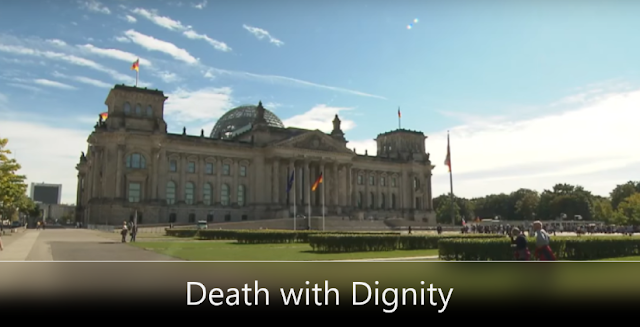Memories are what they are - but also what we make of them (psychology)
Every day, we undergo numerous experiences, but only a few stick in our memories. Our brain selectively holds onto specific events because our capacity to remember is limited. Memories that stick often involve significant and emotional events, like a first time experience, birth, marriage, or even death. These events linger in our memory, vivid and alive, years later, while the mundane and the everyday, like a road trip to the grocery store or our most recent dinner, are quickly forgotten.
Our brain assigns significance to these memories linked with strong emotions because once upon a time, it was a survival mechanism. Recalling a predatory attack, for example, helps us in avoiding dangerous situations in the future while the joy found in eating tasty foods ensures a continued search for good food sources.
Fragmented Memories, Boundaries, and Separation
When we store experiences in our memory, we divide them into different episodes, much like a sitcom. This process creates manageable chunks that allow us to better structure and retrieve our memories. As an individual who thinks in images, it often feels as if I am cleaning up my workshop - storing objectives on shelves, spots, and boxes for long-term preservation and easier retrieval. When we want to recall information, we visit these 'spots', observe them from outside or open the 'spots' or boxes where these memories reside.
Some of my memories are like puzzle pieces - they often look beautiful on their own, but only when connected, they tell a story - my story. A story that has a different meaning for me than for others.
For instance, the last conversation I had with my wife, serious, funny, or terrifying and enlightening experiences, like nearly drowning in the Pacific, spending the night with frostbites, end up in one box and the song ('Waves' by Mr Probz) I coincidentally heard on the radio right after 'almost drowning', ends up in another box - two boxes that are closely placed together.
A factor that influences the division into different fragments is the link we establish but also the outer context, like the literal sequence of water, beach, and parking lot with the rental car. These spatial changes assist us in setting "dividing lines" between memories - but also in holding them together.
Psychologists' Studies I found/read on Nature.com
A study by psychologists (Dynamic emotional states shape the episodic structure of memory / nature.com) confirmed what I had always been aware of - that the inner context, or the emotions we feel during an event, can also influence the boundaries between individual memory fragments. I find this fascinating and informative, both as a designer and a person.
Emotional Transitions Create Mental Dividing Lines, Boundaries, and Separation
According to these studies, the results showed that shifts between different emotional states have a significant impact on the formation of memories. With a change or transition in emotions, the participants formed a mental boundary line in their memory, separating different segments of their memory. For example, they were able to consolidate all the images they had seen while listening to sad music into a single episode. However, when the music became happier, a new memory segment commenced in their brain.
The participants' ability to remember the order of the images also depended on the type of emotional transition. Participants indeed remembered more accurately and coherently when their feelings shifted from neutral to positive. A switch from neutral to negative emotions, on the other hand, adversely affected memory and caused the participants to create a greater mental distance between the different images.






Feel free to leave your comments. I will check this time if I might publish this time one or two. But as said before leave your comments, they always give me food for thoughts. Thx for your understanding.
ReplyDelete